This is Part 1 of a 3 part series on how to use platforms in canine fitness.
In THIS video we’ll talk mainly about what each platform is good for and how it brings clarity to an exercise, by restricting or encouraging your dog to place their feet in a specific location. The result is more precision and less frustration for everyone involved.
Part 2 of this series will cover how to measure your for platforms to make sure you get the size right.
And Part 3 will cover how build those platforms yourself.
There are 4 main types of Platforms used in Canine Fitness
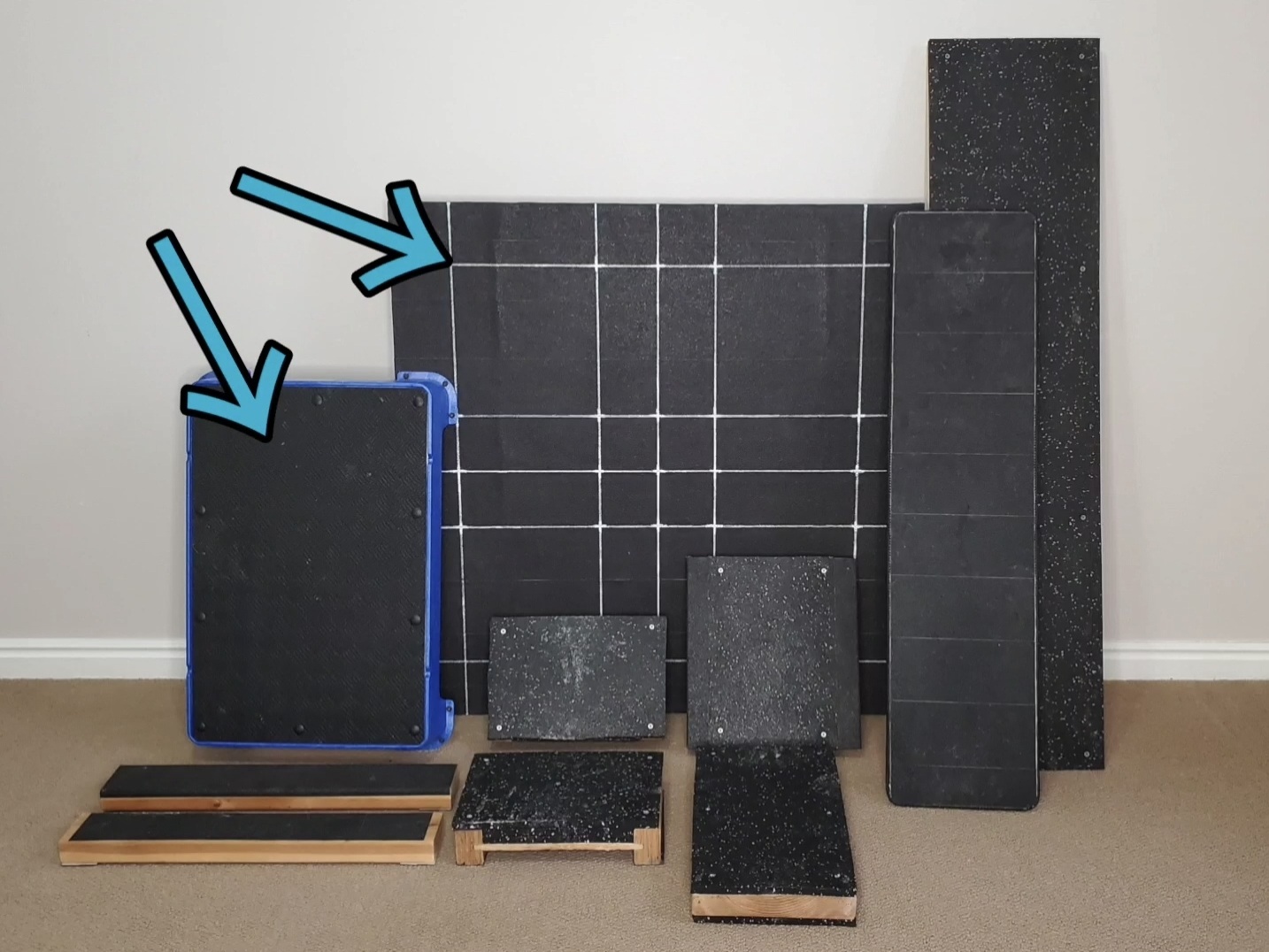
Large Square Platforms
Example: Wobble Boards and Cato Boards
- Being the largets platforms, they are the easiest to target.
- They’re good for teaching general behaviors, or global movements.
- Because of the large size, they don’t require a lot of precision… So they’re less good for teaching fine alignment adjustments or refined movement.
- Good for trained dogs who already understand how to keep their feet still.
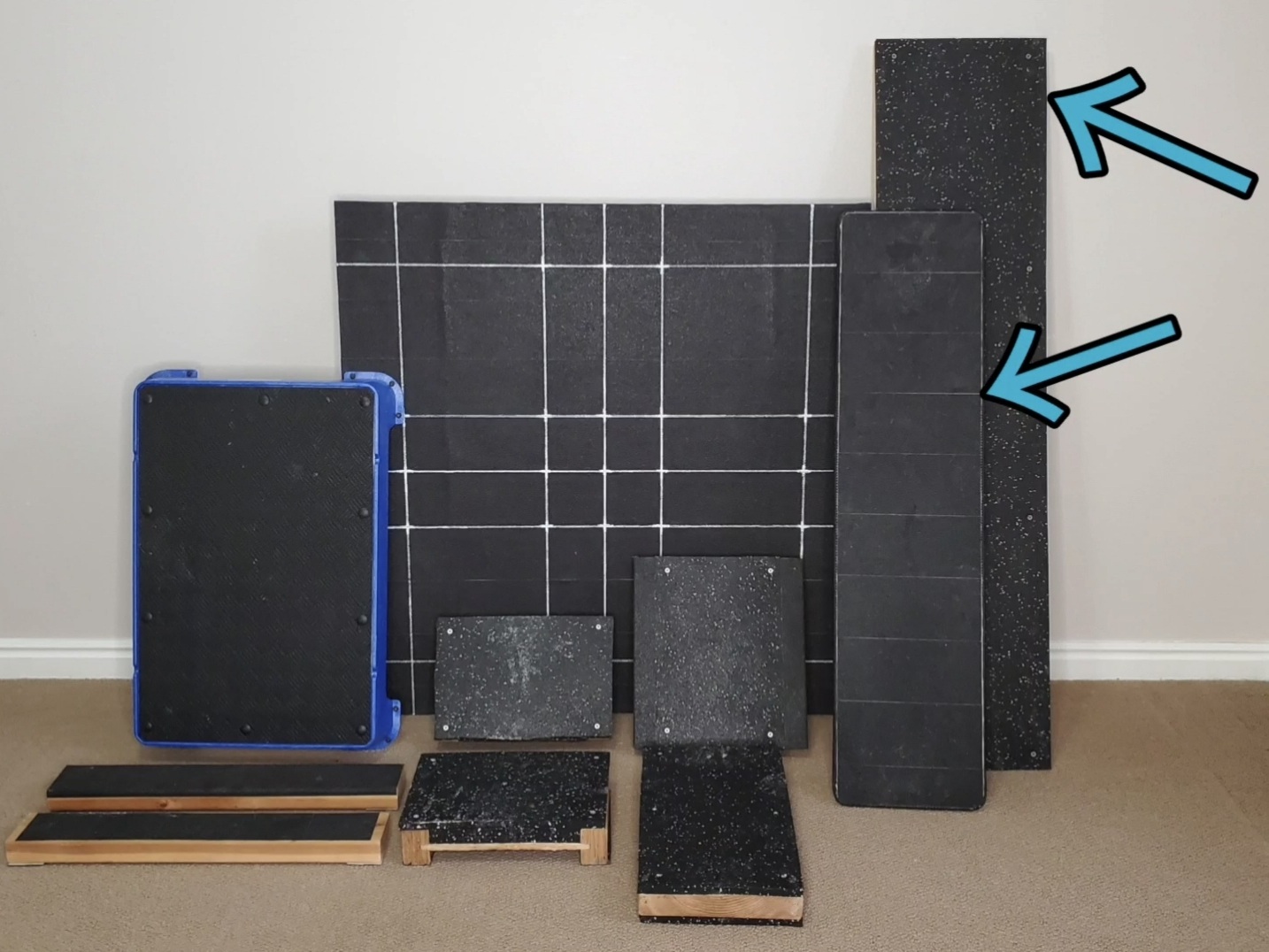
Standing Platforms
These platforms are long and thin/narrow.
- They restrict how wide your pup’s feet should go, but encourage length.
- A longer platform gives the dog information that they are allowed to place their feet further backward than a sitting platform.
- Can be used to span 2 inflatables, creating a stable surface with an unstable base.
- Or to create an incline / decline to load the front or rear end more.
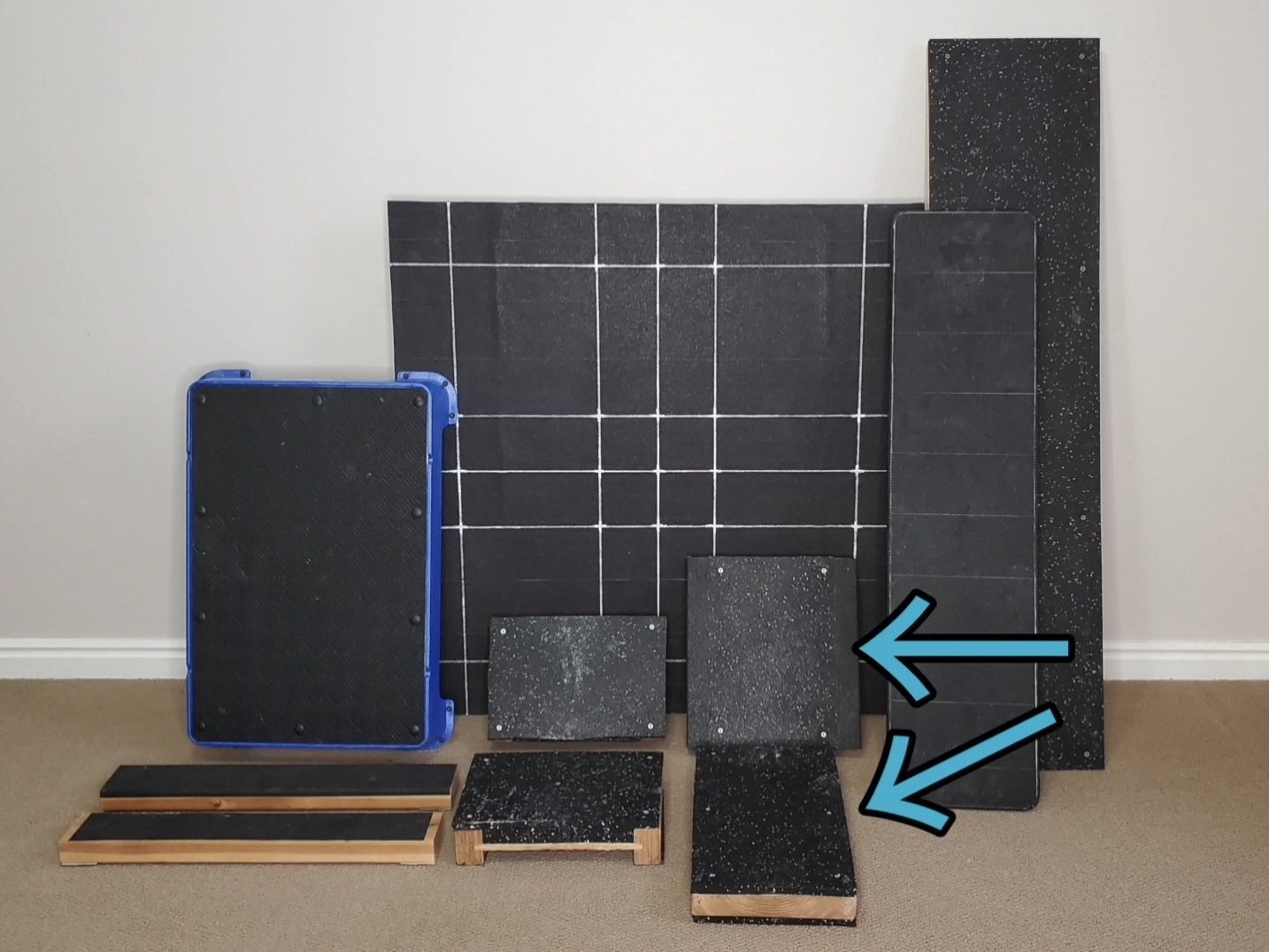
Sitting Platforms
These platforms are short and thin/narrow.
- They restrict how wide your pup’s feet should go, and discourage length.
- Helps to keep your pup within a more defined space.
- Also gives the dog information about what they are NOT doing, so they can choose correctly more easily. Exapmle: Not lying down
- Most useful of all the platforms, and good to have multiples.
- Can be stacked to achieve the perfect height for ideal movement.
- Will progress to a split platform in Advanced and Expert level exercises.
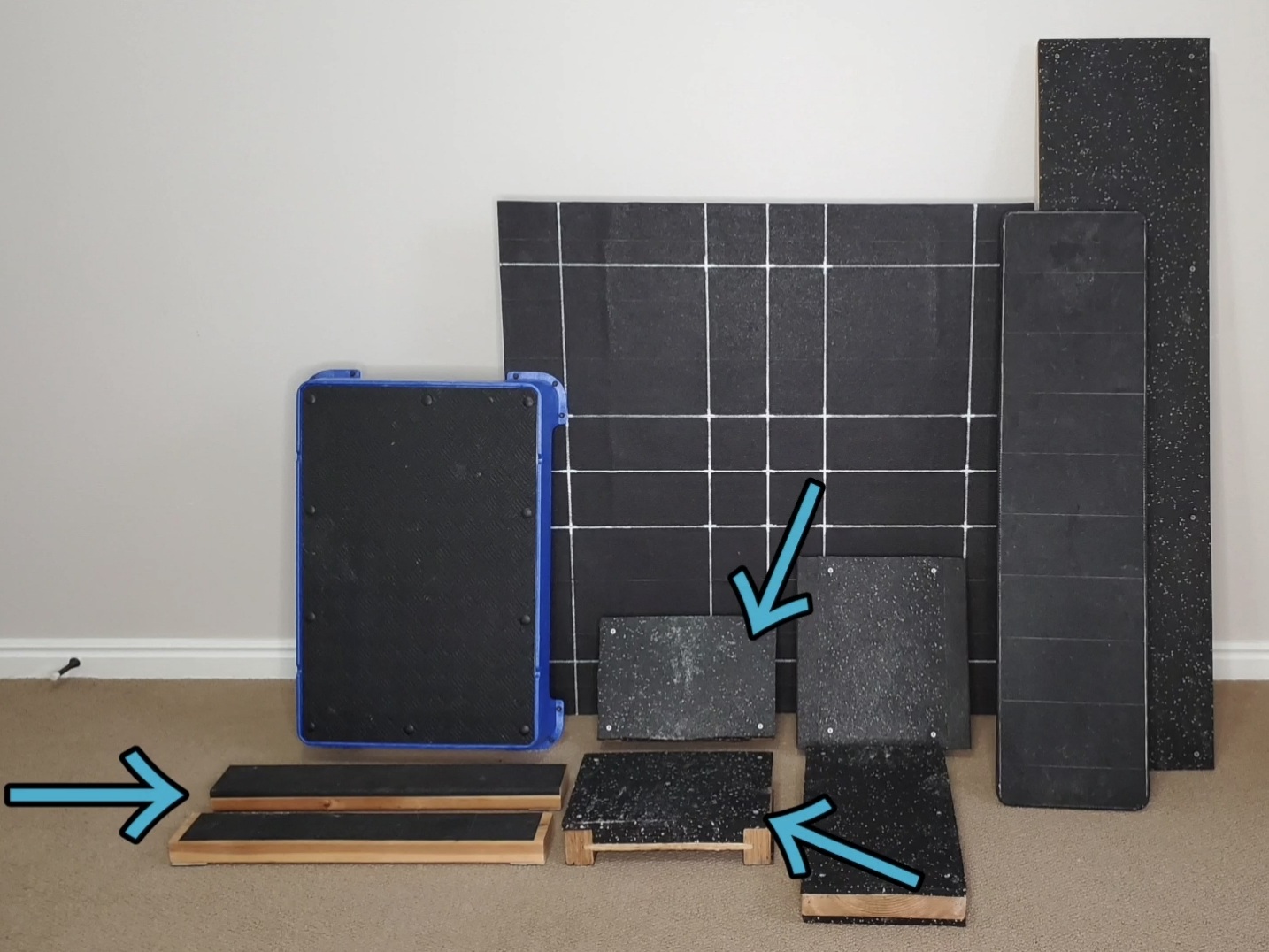
Foot Targets
Smallest of all the Platforms.
- Restrict length or width AND length depending on their design.
- Used mainly for standing exercises.
- Or to micro-adjust foot position. Exapmle: Not lying down
- Can be used stacked one on top of the other.
- Or underneath larger platforms to adjust height.
- Will progress to a split platform in Advanced and Expert level exercises.
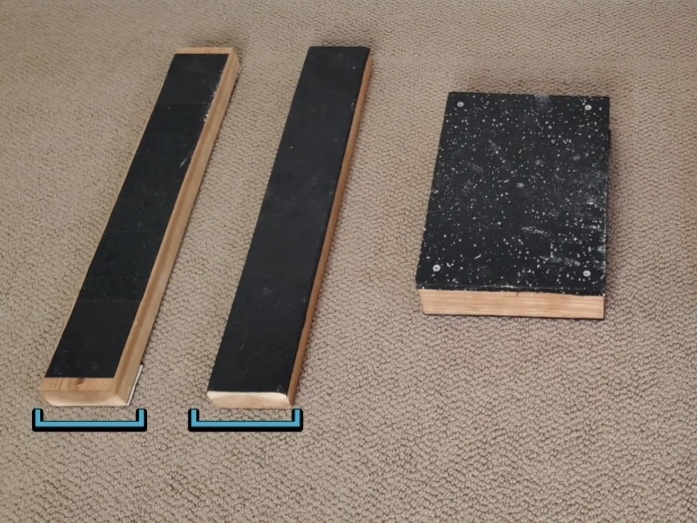
One word of caution when using Balance Bars in canine fitness
Because these props are so narrow, they really do need to be afixed to the ground to eliminate the inherent rolling risk. If the dog steps on the back edge of an unsecured Balance Bar, there’s th epotential for the entire prop to roll backward. I use 3M Dual Lock, which is like industrial strength Velcro, to literally velcro my Balance Bars to the carpet.
Now that we’ve covered the difference between the various platforms used in canine fitness, Part 2 of this series will teach you HOW to measure your pup to find the right proportion for each platform type.
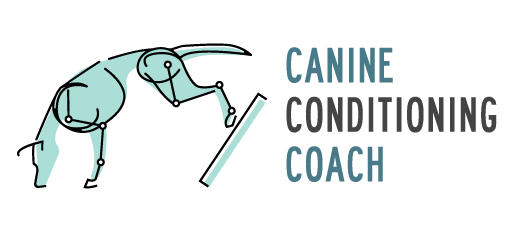
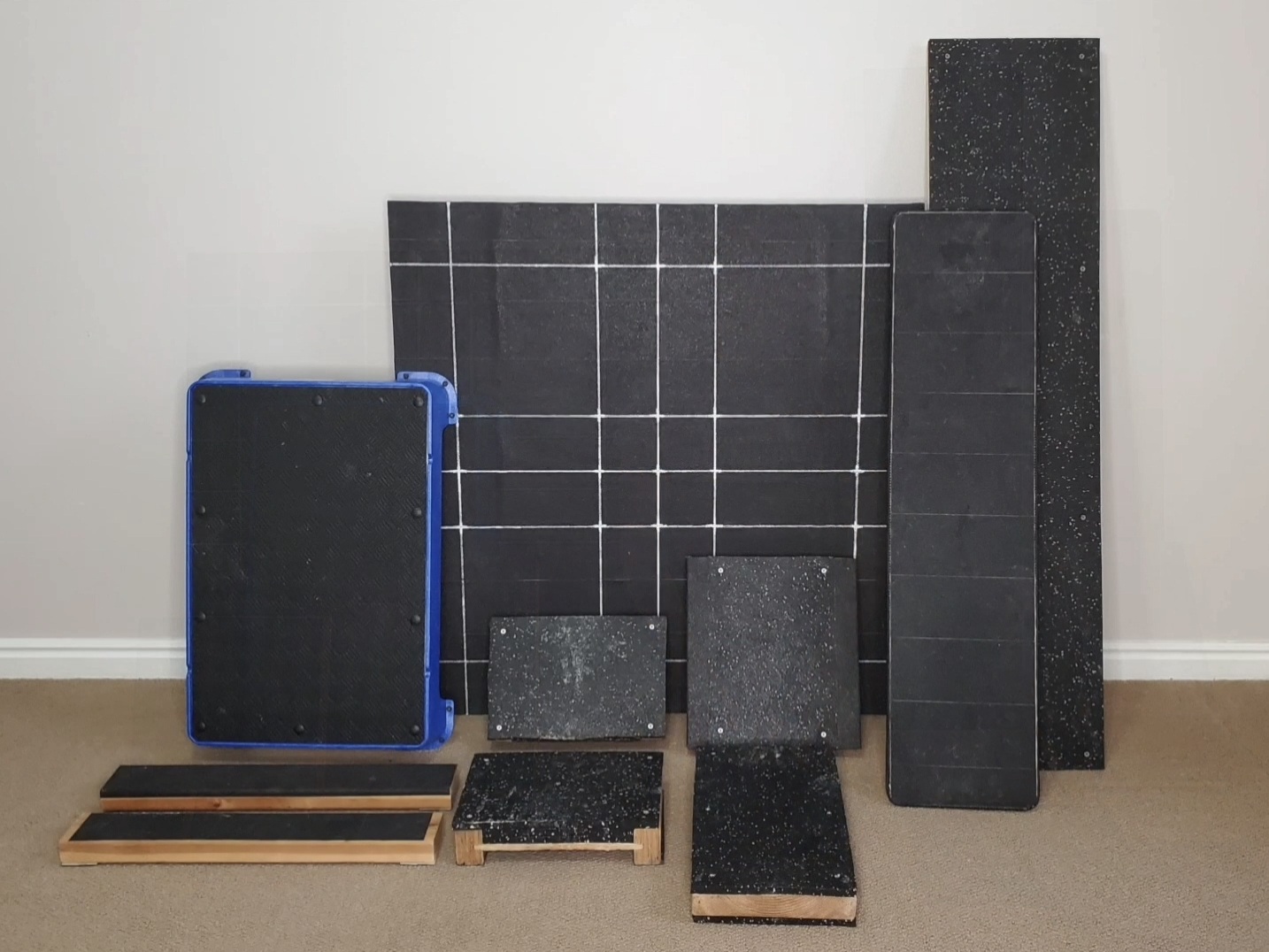
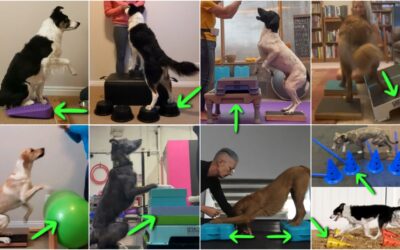
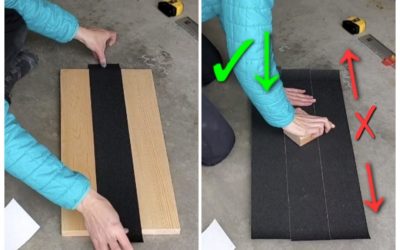
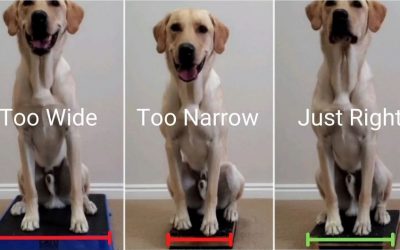
Is gator grip tape acceptable to use on the standing platforms or would something softer be better?
I use Gator Grip on one standing platform and rubber flooring on the other. Both work really nicely.
How should the large square platform be measured? Should I use the length of the standing platform squared? Thankyou
Hey Kathy!
That’s a great question! Standing platform length is a good measurement for the large square platform up to about 36 inches Once the platform gets much larger than that, it can start to become very difficult to store and move around.
So if you have a smaller dog, you can definitely use the standing platform length… For a larger dog I would probably use two platforms organized next to each other for convenience.
What breed are you working with? I might be able to give you something more specific with that information.
Sorry for the delay in reply. CCleopatra is a small Belgian Malinois – about 50 pounds.
Hey Kathy!
I use a 36 x 36 inch square platform for my 75lb Labrador. So That is probably a sufficiently large platform side for your pup. I cover the platform in Gator Grip Traction Tape. Some other people use yoga mat, but I have found lower quality ones can degrade over time, and they can be a little tricky to adhere to the underlying board.
Thank you so much! Building platforms now! Ready to begin work!
Hi Anna – what did you use for your rocker on your wobble board? My border collies are both just over 20″ at the shoulder and Brody weighs about 44 lbs. What size would you recommend. Is 36 x 36 too big?
Hey Pat! I don’t often use the rocking feature of the rocker board. I more use the board as a stable surface propped at an angle against the wall. So for that usage, 36×36 inches is very much sufficient for a Border Collie sized dog.
If you did want to know about the rockers specifically, I purchased child sized rocking chair rockers online, and attached them to a 3/4 inch thick piece of plywood (36×36″) before covering with grip tape.
Does that answer your question?
Perfect thanks – I do have a round wobble board so will only make the 36 x 36 square. We have made all the equipment in your blog – covering each with nonslip rubber matting. Because my gym has Greatmat floor matting, instead of velcro on the balance boards, I had Bill install flat feet that extend out the front/back of the board so they can’t tip. I will email you pictures. Thanks for getting back to me so quickly!
Adding feet to the balance bars is a great solution!
Which size rubber feed bowls ? Thanks. Corine
Hey Corine! That’s a great question! Some of that depends on the size of dog. But for the majority of dogs, the two sizes I like are the 8 cup size and the 16 cup size.
I have more information on this listed in my Equipment: Cheat Sheet blog post
“3M Dual Lock, which is like industrial strength Velcro, to literally velcro my Balance Bars to the carpet.” How much of the bottom of the balance bars do you find you need to cover with the Velcro to stabilize the bar to the carpet? One strip down the center, a piece on both ends, etc? Thx
Hey Maureen!
Great question! I use 2 strips, one on each of the short ends. So, for example, if I’m using a 2×4, I will use a 4-inch strip along one of the short edges, and another 4-inch strip along the other short edge. If you use too much, you’ll never get the balance bar unstuck🤣🤣
Hello! When you use the largest square platform, how do you securely prop it up at an angle? I see some sort of equipment underneath, but can’t figure out what it is. Thank you!
Hey Carrie! What you’re seeing under the large square platform is actually rocking chair rockers (this was initially used as a rocker board).
But to answer your question, the grip tape itself is actually interfacing with the carpet creating a very stable position.
Do you have a tutorial explaining how to affix rubber flooring to some of the platforms and not the grip tape?
Hey Rebecca!
I don’t have a tutorial specific to that… But I just used flat topped screws and attached the rubber flooring that way. I used one in each corner and a few along the long edge. Just make sure to countersink the top of the screw slightly.
I am working to strengthen my dog’s hip, back and posture.
I have a question about the platforms. I have the puppy program. How do I determine the right platform size for a puppy? the puppy is still growing?
Hey Rebecca! This is a great question.
I usually build a set of puppy platforms to use until the pup is about 8 months or so, and then transition to the adult size platform. If you can tell me your pup’s breed and age, I can give you a suggestion re: puppy platform width
Could I use a couple of pallet slats as those narrow foot targets, without any covering?
Hey Astrid!
Great Question! Pallets are a great source of canine conditioning material!! I use them all the time! But I would amend the surface somehow… Either by applying grip tape or a piece of yoga mat, as the surface does tend to be slippery. Better safe than sorry.